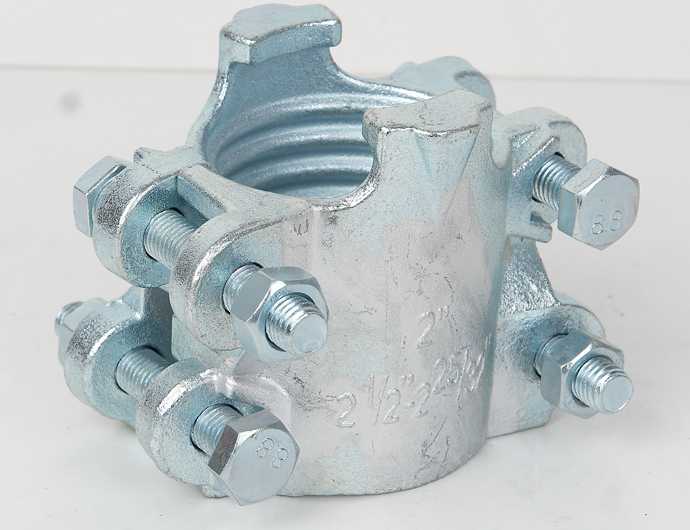Design and Features of Interlock Clamp
2024-07-12
An interlock clamp is a type of mechanical clamp designed to securely hold or lock two components together. Here are the key aspects and functionalities of an interlock clamp:
Functionality and Operation
1. Clamping Mechanism
- Interlocking Design: Uses a mechanism that interlocks or engages with corresponding features on the components being clamped.
- Secure Fastening: Provides a tight and secure hold, preventing unintended movement or separation of the clamped parts.
2. Types of Interlock Clamps
- Toggle Clamps: Utilize a lever-operated system to clamp and release parts quickly and securely.
- Hook Clamps: Feature hooks or latches that interlock with mating components, often used in applications requiring frequent opening and closing.
Design and Features
1. Construction
- Materials: Made from durable materials such as steel, stainless steel, or aluminum alloy to withstand mechanical stress and wear.
- Surface Finish: Often plated or coated to enhance corrosion resistance and improve durability.
2. Operational Characteristics
- Adjustability: Some interlock clamps may feature adjustable clamping force or reach to accommodate different part sizes or configurations.
- Manual or Automated: Available in manual operation where operators engage the clamp mechanism by hand or automated versions controlled by pneumatic or hydraulic systems.
Applications
- Manufacturing and Assembly: Used in assembly lines, jigs, and fixtures to hold workpieces securely during machining, welding, or assembly processes.
- Woodworking: Applied in woodworking jigs and fixtures for holding pieces together while cutting, drilling, or sanding.
- Fixture Design: Integrated into custom fixtures and tooling for repetitive tasks where precise alignment and secure clamping are essential.
- Machinery and Equipment: Employed in machinery and equipment to secure covers, panels, and access doors during operation.
Considerations
- Strength and Load Capacity: Choose interlock clamps with sufficient load-bearing capacity and durability for the intended application.
- Compatibility: Ensure compatibility with the size, shape, and material of the components being clamped to ensure effective operation.
- Safety Features: Incorporate safety mechanisms such as overload protection or ergonomic handles to prevent accidental release or injury.
Summary
Interlock clamps are versatile mechanical devices used for securely fastening or locking components together in various industrial and woodworking applications. Their robust construction, ease of operation, and ability to provide reliable clamping force make them indispensable tools in manufacturing, assembly, and fixture design. Understanding the different types, design considerations, and applications of interlock clamps ensures their effective use in improving efficiency, precision, and safety in industrial and workshop environments.



